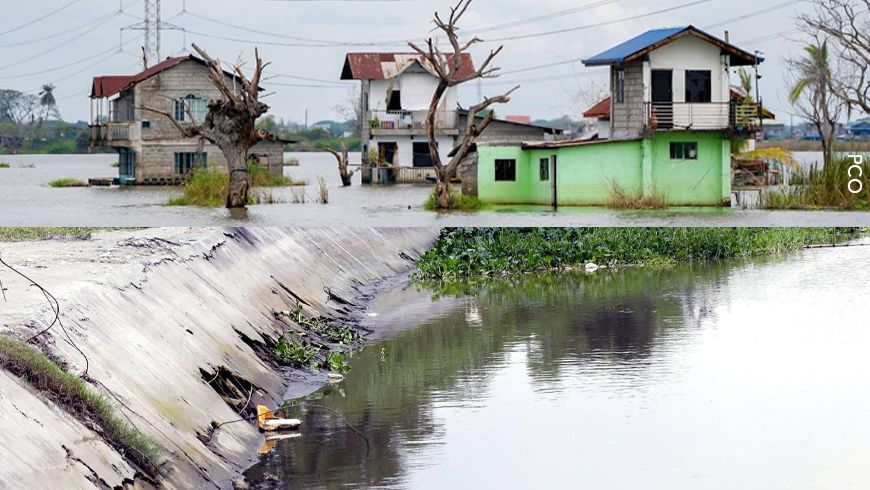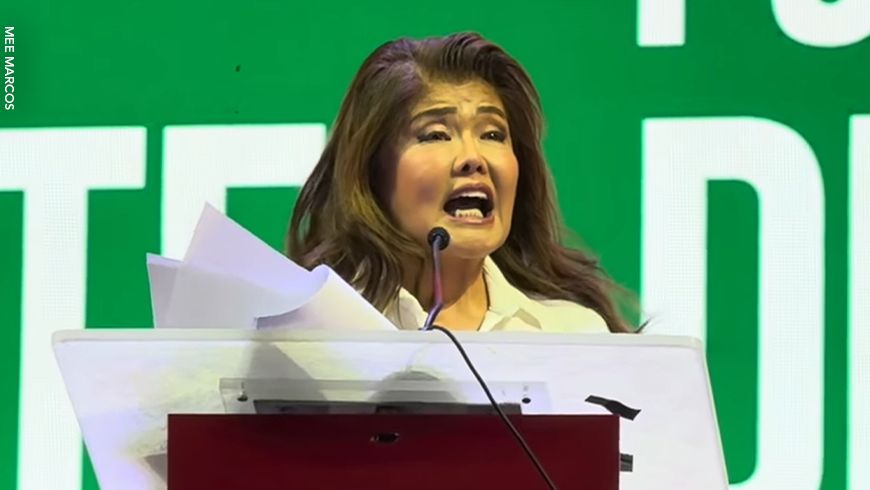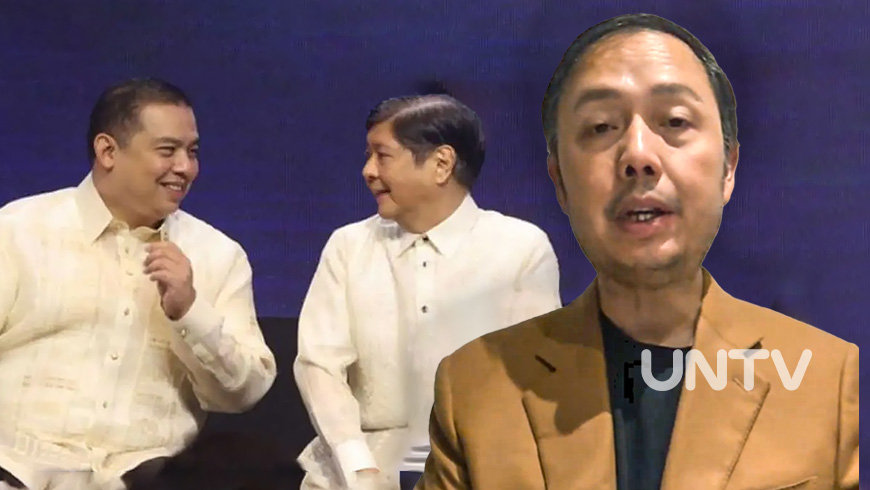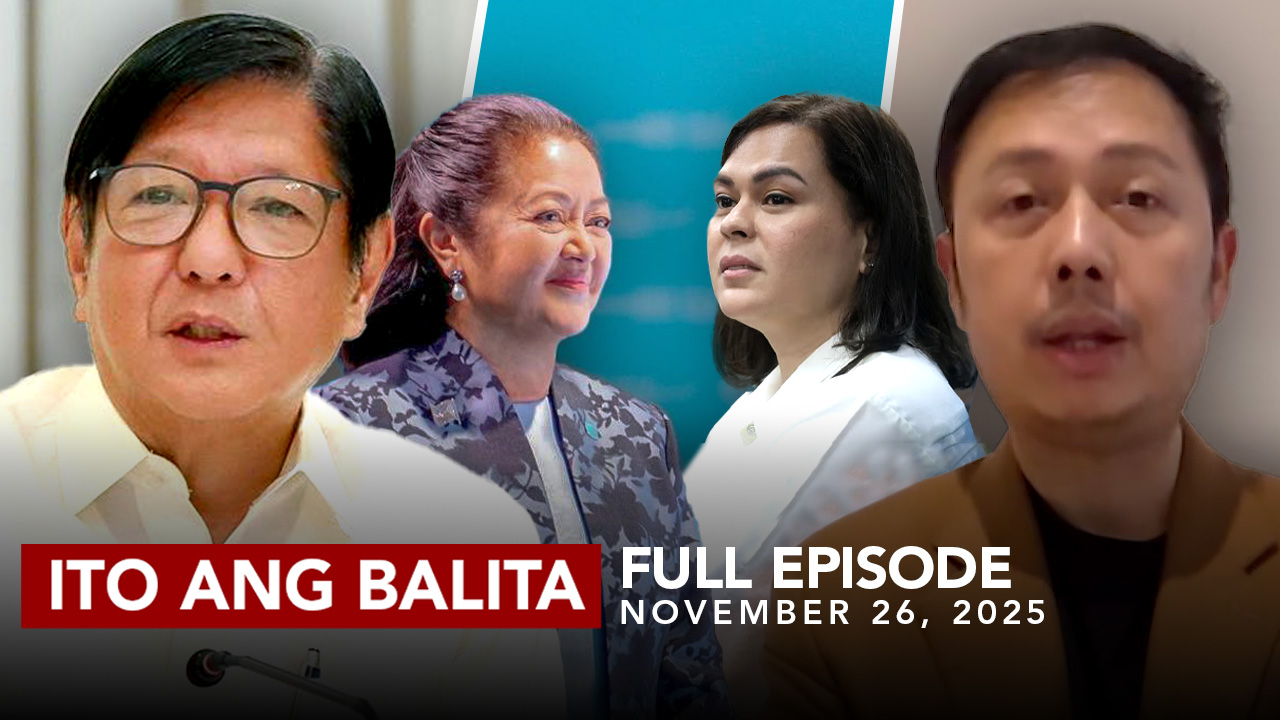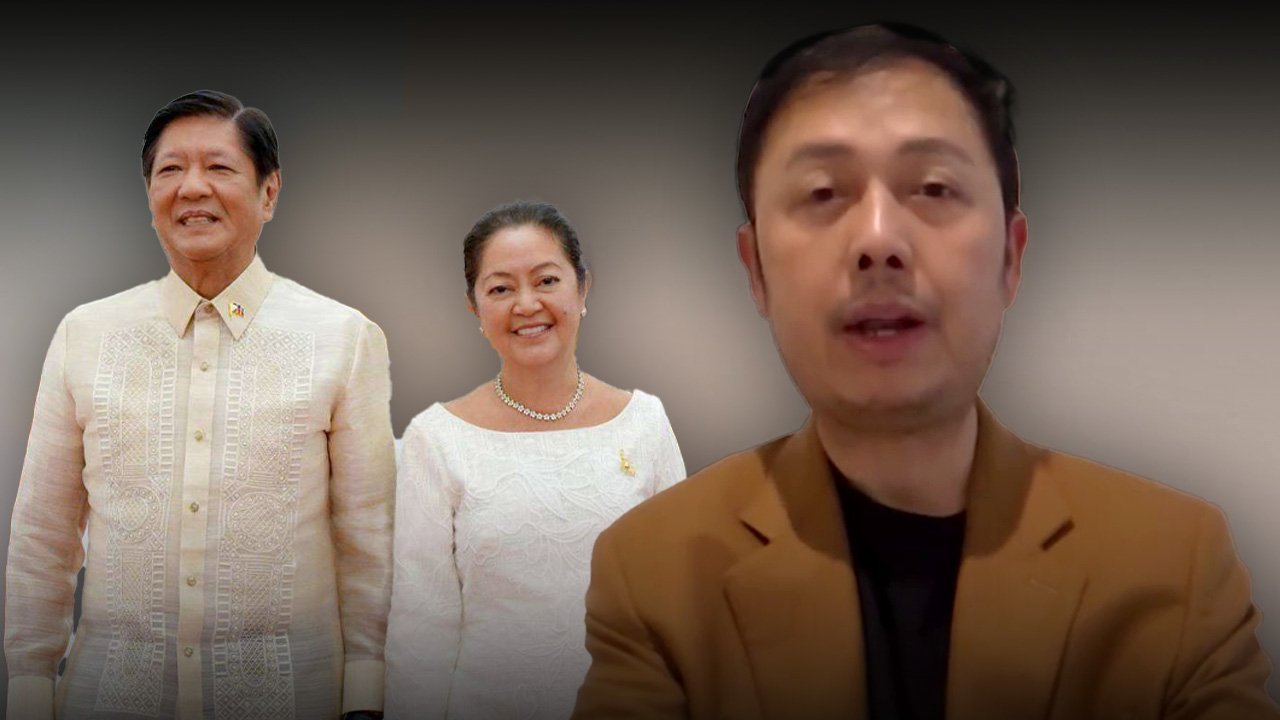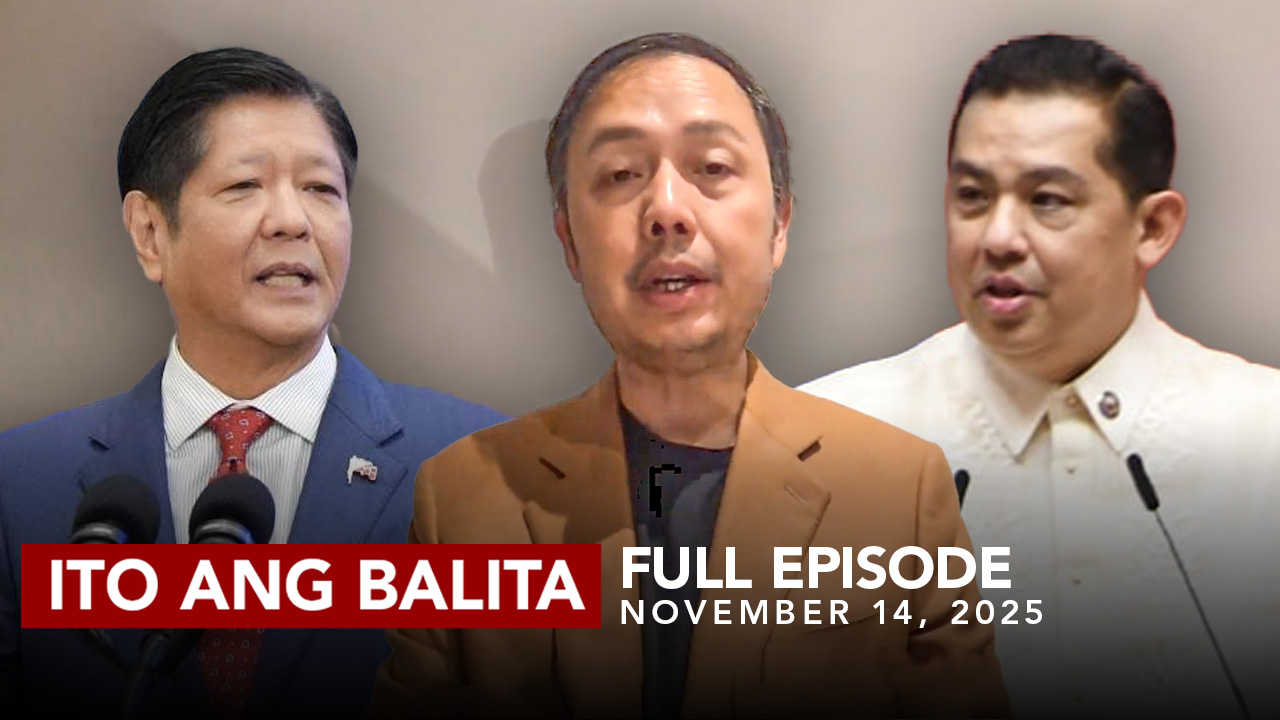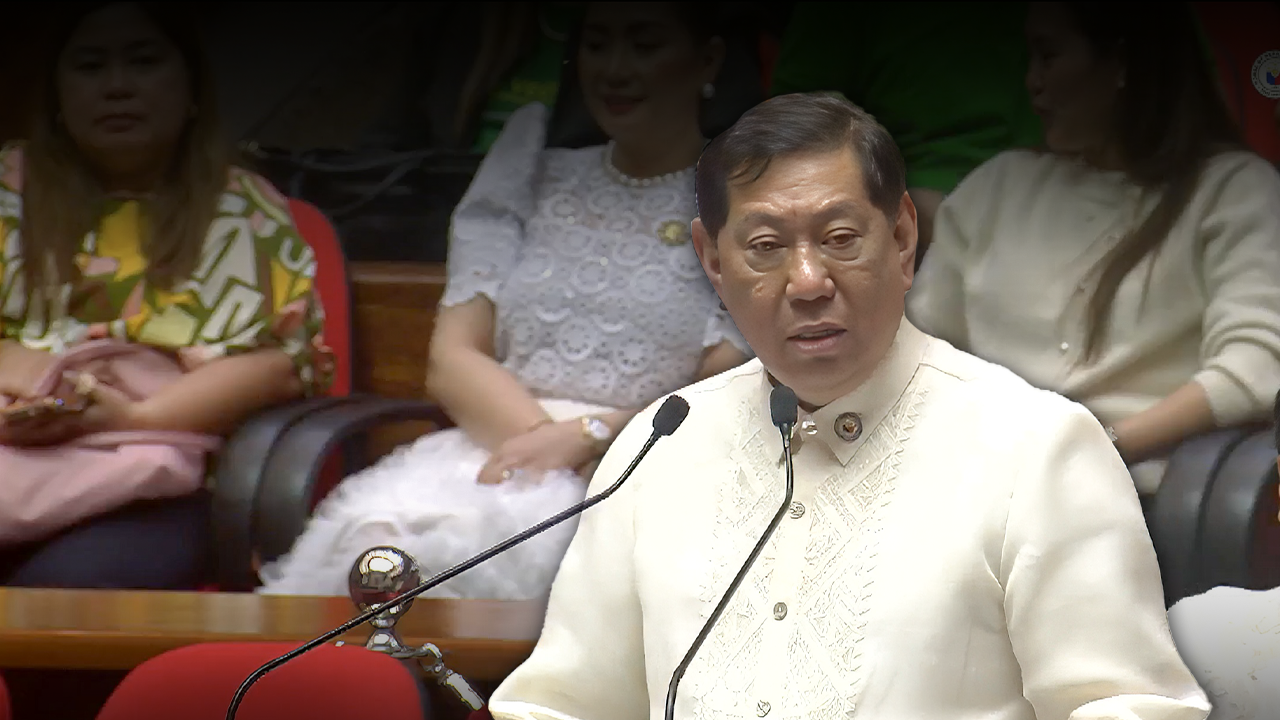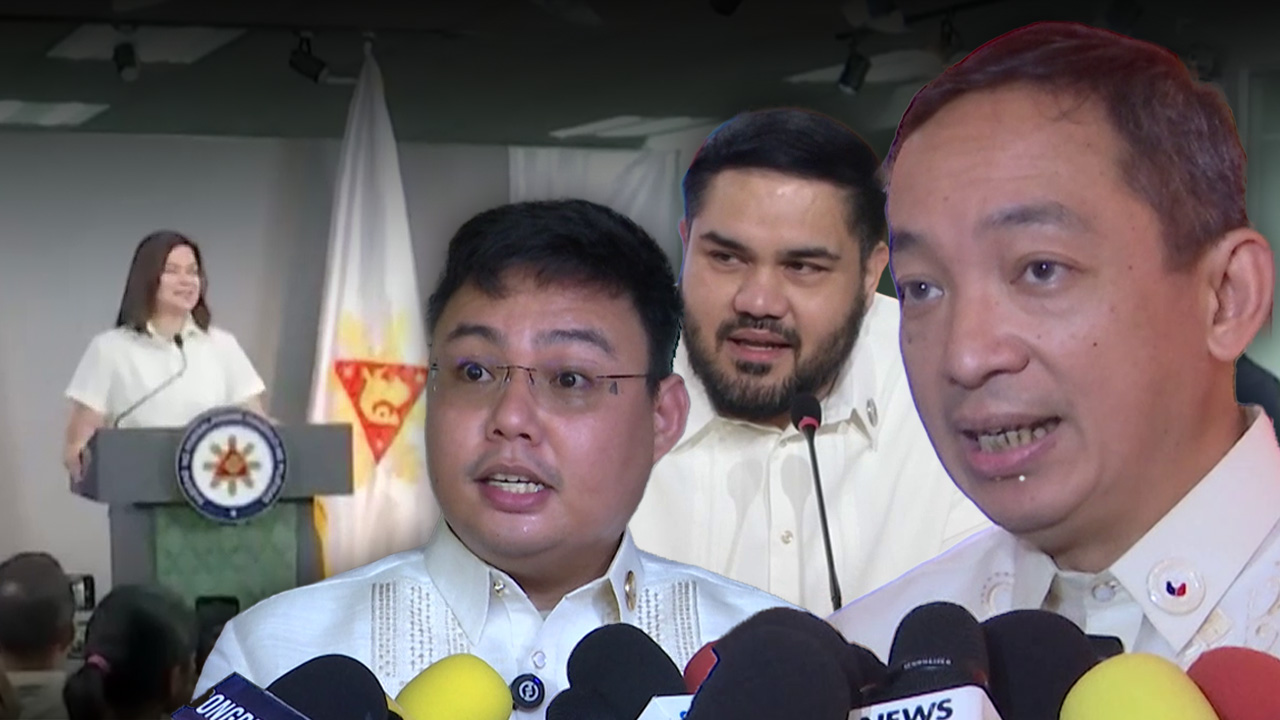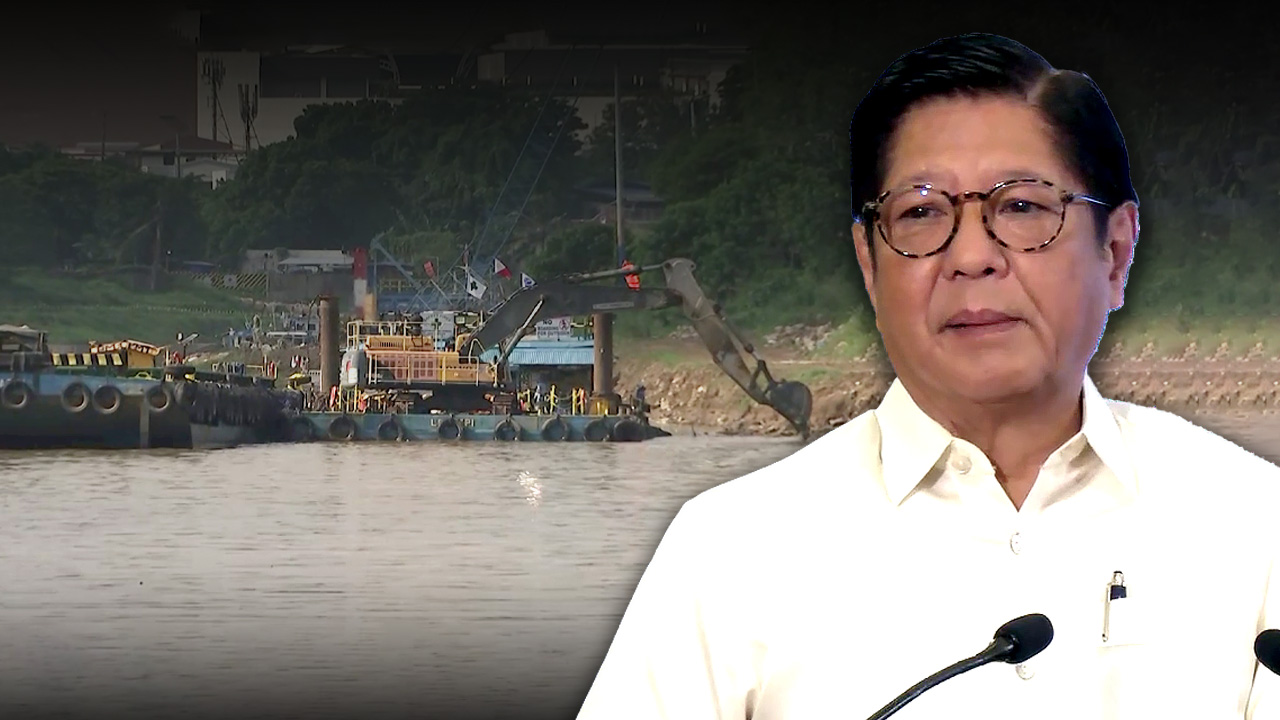Flooding has long been one of the most serious problems in the Philippines. Every rainy season, images of submerged streets, stranded commuters, and flooded homes dominate the news. For decades, billions of pesos have been already allocated into flood control projects, from drainage systems in Metro Manila to river dikes and pumping stations in different provinces.
Despite these efforts, the same cycle repeats itself.
Heavy rains come, streets go under water, and people ask the same question: Where did all the money for flood control go?
Why does flooding persists?
Several factors contribute to the problem. Many urban areas still rely on outdated drainage systems that cannot handle today’s heavier rains. Garbage and waste clog waterways, reducing the natural flow of water. Rapid urbanization has also covered large areas of soil with concrete, leaving fewer places for rain to be absorbed.
Government agencies and local governments are tasked with building and maintaining flood control systems.
However, delays, budget concerns, and project monitoring remain challenges. In a report published in July 2023, the Commission on Audit (COA) flagged thousands of incomplete or delayed infrastructure projects, often attributing these to planning, supervision, and monitoring gaps, raising questions about efficiency and implementation.
A push for accountability
The issue has since drawn attention at the highest levels of government. On August 27, President Ferdinand Marcos Jr. ordered a lifestyle check on all government officials following flood control project controversies.
In a Palace press briefing, Undersecretary Claire Castro said the president wants the Department of Public Works and Highways (DPWH) to be the first to undergo scrutiny.
“Ito naman po ay hudyat na rin po sa mga government agencies like COA, BIR, LGUs, Bureau of Customs, na magkaroon po ng pagiimbestiga dito,” she said.
When asked which agency will be first in the line of investigation, Castro added: “Hindi po natin maikakaila na mayroong mga DPWH na involve at malamang ay magsimula sila doon.”
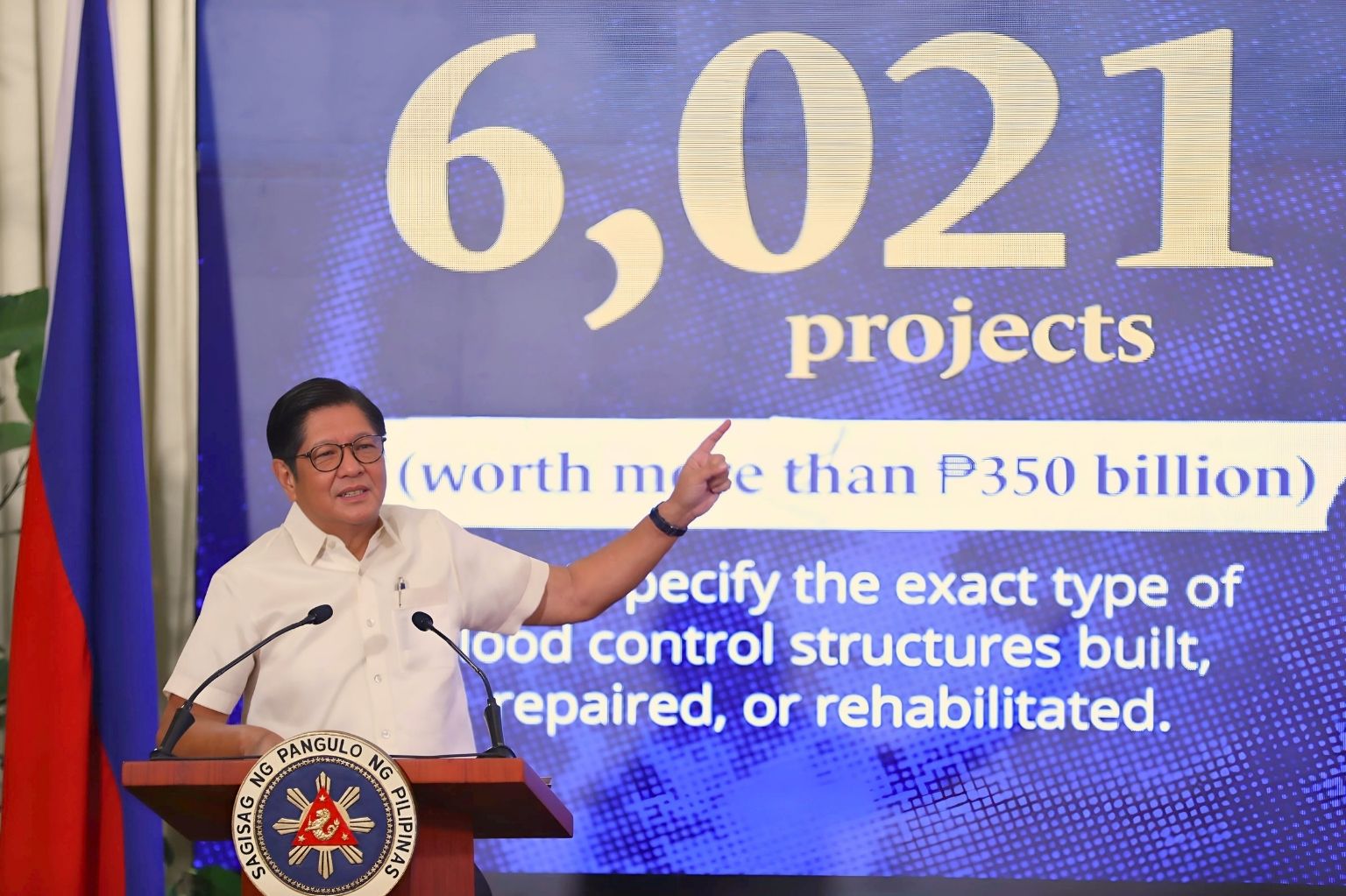
How can the public help?
While the government carries the main responsibility, citizens also play a key role. We can do our part by following proper waste disposal, keeping local waterways clean, and supporting community initiatives for disaster preparedness. Just as important, the public can help monitor flood control projects.
Being a watchdog does not only belong to the media.
Ordinary citizens can step forward by asking questions about project updates, attending community consultations, and reporting irregularities. This kind of participation strengthens accountability and ensures that public funds are spent where they are most needed.

Working toward real solutions
Flooding is not something the government can solve alone. Real progress will only come when there is transparency from officials and active involvement from the people.
Everyone has a part to play. The media can report and keep issues in the spotlight, but ordinary citizens can also help by asking questions, monitoring projects, and speaking up when something is wrong. When people take part as watchdogs, it adds another layer of accountability and helps ensure that resources are used properly.
As the rainy season continues, this is a reminder that reducing floods is a shared responsibility. By staying alert, taking action, and working together, we can push for real solutions and build safer communities for all.



%201.svg)











